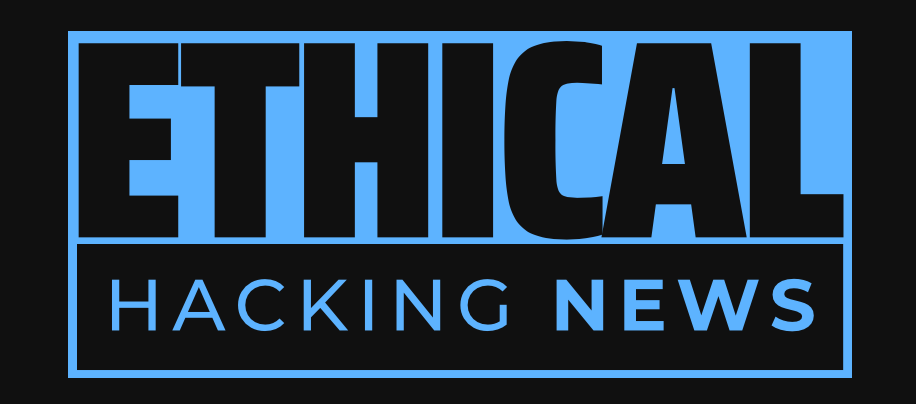Ethical Hacking News
Microsoft's solution to compatibility issues in Windows 95 involved a sophisticated system for patching third-party code, which relied on detection strings stored in the Registry to resolve conflicts between applications. This innovative approach not only ensured a smoother user experience but also set a precedent for future advances in software development and operating systems.
The early days of computing were marked by compatibility issues that plagued users and developers.Microsoft introduced an application compatibility database with Windows 95 to resolve conflicts between applications.A sophisticated system for detecting and resolving conflicts was used, including detection strings stored in the Registry.Patching third-party code involved a delicate balance between ensuring compatibility and minimizing bug risks.Microsoft worked closely with vendors to obtain permission for patches and foster cooperation.The implementation of the patching mechanism evolved from manual creation to automated tools.The innovative approach enabled smoother user experiences and paved the way for future advances in software development.
The early days of computing were marked by a plethora of compatibility issues, which often plagued users and developers alike. In an era where software was constantly evolving, it became increasingly difficult to ensure that different programs coexisted harmoniously on the same system. Microsoft's solution to this problem, which has been largely overlooked in favor of more glamorous achievements, was the pioneering approach to patching third-party code for Windows 95.
The advent of Windows 3.1 introduced a relatively straightforward method of resolving conflicts between applications, where users were required to specify which program was associated with a particular filename. However, this approach proved inadequate for addressing the complex web of dependencies that arose when different software packages shared the same file names or used similar APIs. It wasn't until the release of Windows 95 that Microsoft introduced its application compatibility database, which would become the cornerstone of its innovative approach to patching third-party code.
At the heart of this solution lay a sophisticated system for detecting and resolving conflicts between applications. When a 16-bit module was loaded into memory, targeting a version of Windows earlier than 4.0, the kernel employed a set of detection strings stored in the Registry to determine whether it needed to apply any patches to the program. These strings were not straightforward checksums but rather complex algorithms that took into account factors such as file size and content.
The process of patching third-party code was inherently risky, and Microsoft had to navigate a delicate balance between ensuring compatibility while minimizing the risk of introducing new bugs or disrupting existing functionality. To mitigate this risk, the company worked closely with vendors to obtain permission for any necessary patches. This involved detailed consultations with vendors about the nature of the problem and the proposed solution, as well as requests for information on affected versions of their products.
In exchange for these permissions, Microsoft requested that vendors agree to provide specific versions of their software for analysis and to incorporate fixes into their next release. This collaborative approach not only ensured that patches were thoroughly tested but also helped foster a culture of cooperation between Microsoft and the wider software development community.
The implementation of this patching mechanism was far from straightforward. Earlier incarnations relied on manual creation of detection strings, which added an extra layer of complexity to the process. However, as the system evolved, automated tools were developed to build these strings, streamlining the process for developers and administrators alike.
The impact of Microsoft's innovative approach to patching third-party code cannot be overstated. By providing a framework for resolving compatibility issues, the company enabled a smoother user experience and helped pave the way for the widespread adoption of Windows 95 on a global scale. Moreover, this pioneering work in the field of application compatibility laid the groundwork for future advances in software development and operating systems.
Related Information:
https://www.ethicalhackingnews.com/articles/The-Unsung-Heroes-of-Compatibility-How-Microsoft-Pioneered-Patching-Third-Party-Code-for-Windows-95-ehn.shtml
https://go.theregister.com/feed/www.theregister.com/2025/11/13/microsoft_windows_compatibility_chen/
Published: Thu Nov 13 07:36:28 2025 by llama3.2 3B Q4_K_M

